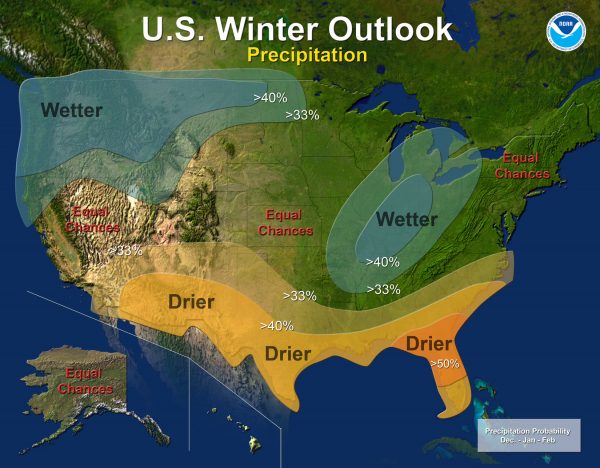New research conducted by a group of graduate students from Scripps Institution of Oceanography at the University of California San Diego has found that at least nine percent of fish found in the Great Pacific Garbage Patch located in the North Pacific Subtropical Gyre contain plastic in their stomachs.

This number, however, is said to be a low estimate based on the limitations of the study.
Authors of the study, Rebecca Asch and Peter Davison, estimate that fish in the intermediate ocean depths of the North Pacific ingest plastic at a rate of approximately 12,000 to 24,000 tons per year.
Their research took them to the massive garbage patch in the Pacific Ocean which has formed as a result of large masses of plastic waste being deposited into coastal waters which are then carried by ocean currents to the location.
The term ‘garbage patch’ is slightly misleading, as there is no actual island or patch of trash, but rather a mass of plastics and rubbish strewn across thousands of miles of the North Pacific Subtropical Gyre.
Unable to be mapped from space, the Scripps Environmental Accumulation of Plastic Expedition, or SEAPLEX researchers collected samples in 132 net tows (130 of which contained plastic) across a distance of more than 2,375 kilometers (1,700 miles) in an attempt to find the boundaries of the patch.
Studying 141 fish from 27 different species, but made up mainly by myctophids, commonly called lanternfish, Asch and Davison found that 9.2 percent of the stomach contents of mid-water fish contained plastic debris. These plastics were so small and broken down that the researchers could no longer identify what they originally began life as.
“These fish have an important role in the food chain because they connect plankton at the base of the food chain with higher levels. We have estimated the incidence at which plastic is entering the food chain and I think there are potential impacts, but what those impacts are will take more research,” said Asch.
“About nine percent of examined fishes contained plastic in their stomach. That is an underestimate of the true ingestion rate because a fish may regurgitate or pass a plastic item, or even die from eating it. We didn’t measure those rates, so our nine percent figure is too low by an unknown amount,” said Davison.
“This study clearly emphasizes the importance of directly sampling in the environment where the impacts may be occurring,” said James Leichter, a Scripps associate professor of biological oceanography who participated in the SEAPLEX expedition but was not an author of the new paper. “We are seeing that most of our prior predictions and expectations about potential impacts have been based on speculation rather than evidence and in many cases we have in fact underestimated the magnitude of effects. SEAPLEX also clearly illustrates how relatively small amounts of funding directed for novel field sampling and work in remote places can vastly increase our knowledge and understanding of environmental problems.”
Source: University of California San Diego
Image Source: Scripps Institution of Oceanography at UC San Diego


